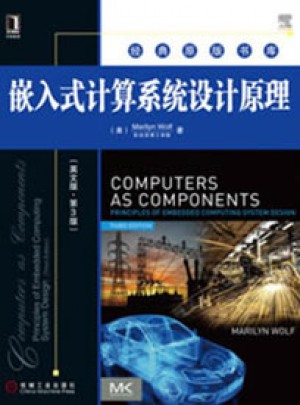
嵌入式計算系統(tǒng)設(shè)計原理(英文版·第3版)
- 所屬分類:圖書 >計算機(jī)/網(wǎng)絡(luò)>計算機(jī)體系結(jié)構(gòu)
- 作者:(美) [Marilyn] [Wolf]著
- 產(chǎn)品參數(shù):
- 叢書名:--
- 國際刊號:9787111412281
- 出版社:機(jī)械工業(yè)出版社
- 出版時間:2013-03
- 印刷時間:2013-02-01
- 版次:5
- 開本:12開
- 頁數(shù):--
- 紙張:膠版紙
- 包裝:平裝
- 套裝:否

嵌入式計算系統(tǒng)設(shè)計原理(英文版·第3版)》從組件技術(shù)的視角出發(fā),介紹了嵌入式系統(tǒng)設(shè)計技術(shù)和技巧。本書自第1版出版以來,已廣泛應(yīng)用于教學(xué),并為實踐設(shè)計提供了寶貴指南。第3版根據(jù)的技術(shù)發(fā)展進(jìn)行了更新,更詳細(xì)闡述操作系統(tǒng)中的進(jìn)程通信和緩沖,尤其是新增了數(shù)字信號處理、多媒體和cps方面的實例。作者介紹了德州儀器、arm、美國微芯科技公司的處理器及軟件、操作系統(tǒng)、網(wǎng)絡(luò)、消費性電子設(shè)備等。不論是進(jìn)行軟硬件設(shè)計的研究人員、學(xué)生還是專家,都能從marilyn wolf的集成化工程設(shè)計方法中獲益匪淺。
嵌入式計算系統(tǒng)設(shè)計原理(英文版·第3版)》特色
以實際芯片(arm芯片、ti c55x dsp和pic)為例,進(jìn)行相關(guān)設(shè)計技術(shù)和技巧的說明,向讀者介紹如何將這些理論付諸于設(shè)計實踐。
在所有關(guān)鍵課題討論中都尤為強(qiáng)調(diào)現(xiàn)實中的設(shè)計實踐,從而為學(xué)生和設(shè)計人員提供了技術(shù)的指導(dǎo)。
對設(shè)計實踐中所必需的基本應(yīng)用技術(shù)進(jìn)行重點討論,幫助讀者在實際工作中熟練地設(shè)計大型的、復(fù)雜的嵌入式系統(tǒng)。
Marilyn Wolf,佐治亞理工學(xué)院教授,佐治亞研究聯(lián)合會學(xué)者。她分別于1980年、1981年和1984年獲得斯坦福大學(xué)電子工程學(xué)士學(xué)位、碩士學(xué)位和博士學(xué)位。1984年至1989年任職于貝爾實驗室,1989年至2007年執(zhí)教于普林斯頓大學(xué)。她是IEEE和ACM會士、IEEE計算機(jī)協(xié)會核心成員以及ASEE和SPIE成員。她于2003獲得ASEE Frederick E. Terman獎,于2006年獲得IEEE電路與系統(tǒng)教育獎。她的研究興趣主要包括嵌入式計算、嵌入式視頻和計算機(jī)視覺、VLSI系統(tǒng)。
foreword to the first edition
preface to the first edition
preface to the second edition
preface to the third edition
chapter 1 embedded computing
1.1 introduction
1.2 complex systems and microprocessors
1.3 the embedded system design process
1.4 design example: model train controller
1.5 a guided tour of this book
1.6 summary
what we learned
further reading
questions
lab exercises
chapter 2 instruction sets
2.1 introduction
2.2 preliminaries
2.3 arm processor
2.4 picmicro mid-range family
2.5 ti c55x dsp
2.6 ti c64x
2.7 summary
what we learned
further reading
questions
lab exercises
chapter 3 cpus
3.1 introduction
3.2 programming input and output
3.3 supervisor mode, exceptions, and traps
3.4 co-processors
3.5 memory system mechanisms
3.6 cpu performance
3.7 cpu power consumption
3.8 design example: data compressor
3.9 summary
what we learned
further reading
questions
lab exercises
chapter4 computing platforms
4.1 introduction
4.2 basic computing platforms
4.3 the cpu bus
4.4 memory devices and systems
4.5 designing with computing platforms
4.6 consumer electronics architecture
4.7 platform-level performance analysis
4.8 design example: alarm clock
4.9 design example: audio player
4.10 summary.
what we learned
further reading
questions
lab exercises
chapter 5 program design and analysis
5.1 introduction
5.2 components for embedded programs
5.3 models of programs
5.4 assembly, linking, and loading,
5.5 compilation techniques
5.6 program-level performance analysis
5.7 software performance optimization
5.8 program-level energy and power analysis and optimization
5.9 analysis and optimization of program size
5.10 program validation and testing
5.11 design example: software modem
5.12 design example: digital still camera
5.13 summary
what we learned
further reading
questions
lab exercises
chapter 6 processes and operating systems
6.1 introduction
6.2 multiple tasks and multiple processes
6.3 multirate systems
6.4 preemptive real-time operating systems
6.5 priority-based scheduling
6.6 interprocess communication mechanisms
6.7 evaluating operating system performance
6.8 power optimization strategies for processes
6.9 example real-time operating systems
6.10 design example: telephone answering machine
6.11 design example: engine control unit
6.12 summary
what we learned
further reading
questions
lab exercises
chapter 7 system design techniques
7.1 introduction
7.2 design methodologies
7.3 requirements analysis
7.4 specifications
7.5 system analysis and architecture design
7.6 quality assurance
7.7 summary
what we learned
further reading
questions
lab exercises
chapter 8 networks and multiprocessors
8.1 introduction
8.2 why networks and multiprocessors?
8.3 categories of multiprocessors
8.4 distributed embedded systems
8.5 mpsocs and shared memory multiprocessors
8.6 design example: video accelerator
8.7 application example: compact disc
8.8 summary
what we leamed
further reading
questions
lab exercises
glossary
references
index
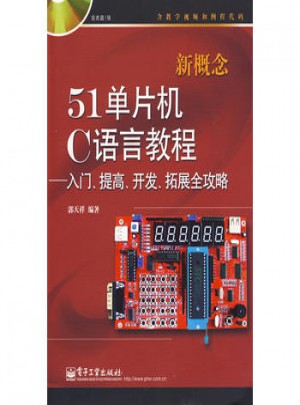
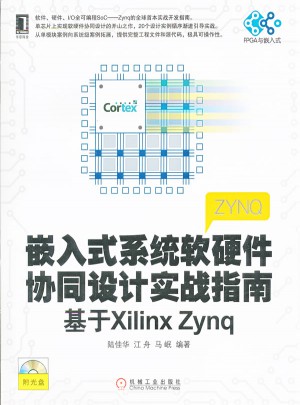
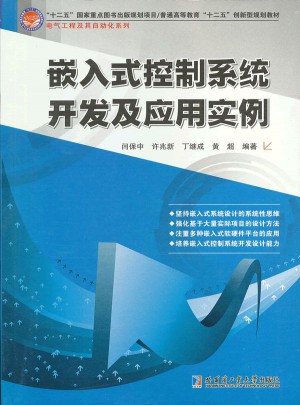
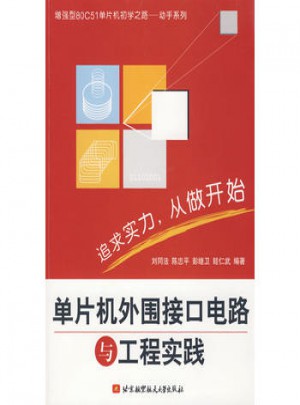
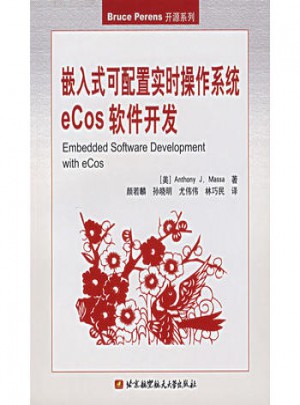
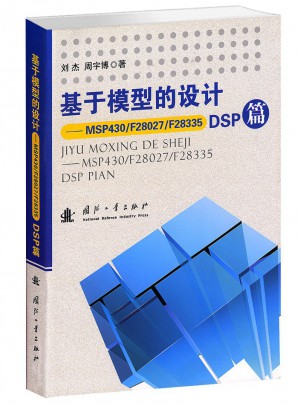
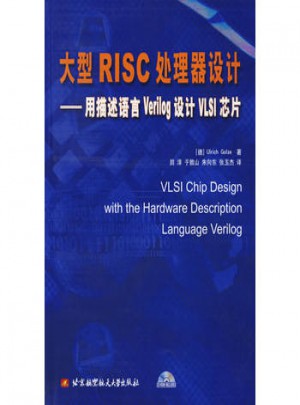


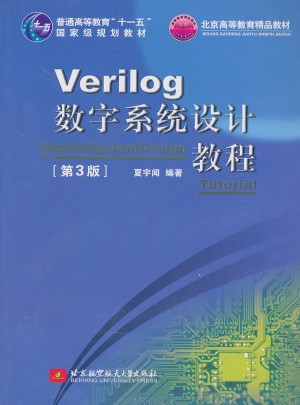
性價比挺高的,物流也很快滴
書不錯,就是看起來費點勁
很棒,寫的很仔細(xì),例子舉的很詳細(xì)!好評
書有少量地方有破損
買了這本書比較滿意,真的很好!在當(dāng)當(dāng)這里買書,真的很放心!書質(zhì)量很好,看就知道是正版的了。以后還會來的!
不錯